2014 Homer Jones Memorial Lecture
April 2, 2014
Lecture by Robert E. Lucas Jr.
Robert E. Lucas Jr., Nobel Laureate and John Dewey Distinguished Service Professor of Economics at the University of Chicago, presents "Liquidity: Meaning, Measurement, Management."
In the first portion of his presentation, Lucas discusses how the two main goals of the Fed—controlling inflation and supporting financial stability—can be directly influenced by the Fed. The actions of the Federal Reserve, he says, affect the liquidity of the economy, and, in particular, its long-run rate of inflation and the stability of the financial system. Lucas goes on to explain inflation and the quantity theory of money by providing a scenario in which every payment in an economy is made in cash.
In the next portion of his lecture, Lucas looks at the individual economic history of individual countries. A payments system involves many different liquid assets. This, Lucas says, is the basis for a theory of inflation. The goal, he says, is to seek a low average rate. One way to do this is to commit to a constant rate of money growth, which is set to imply a desired inflation rate. A more flexible idea, Lucas explains, is inflation targeting. Lucas points out that central banks around the world who use inflation targeting have had remarkable success at keeping inflation low and stable, even during the crisis of 2008.
In the last portion of the presentation, Lucas examines the nature of financial crises. The fundamental duty of a central bank, he says, is to avoid sudden deflations. In the 1930s, runs on uninsured bank deposits caused the problem. In 2008, it was what Lucas refers to as a "run on repo"—in this case, it mimicked a bank run, but it was tied to the liquid assets that were created by the financial services sector.
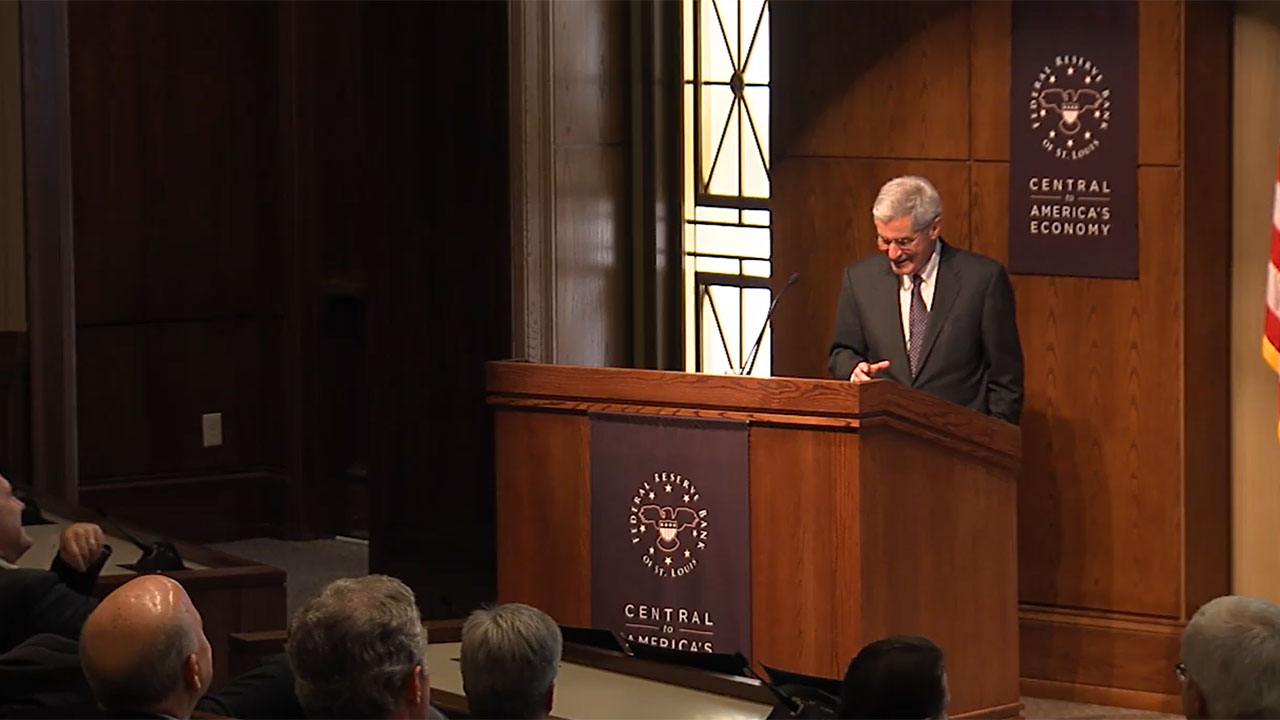
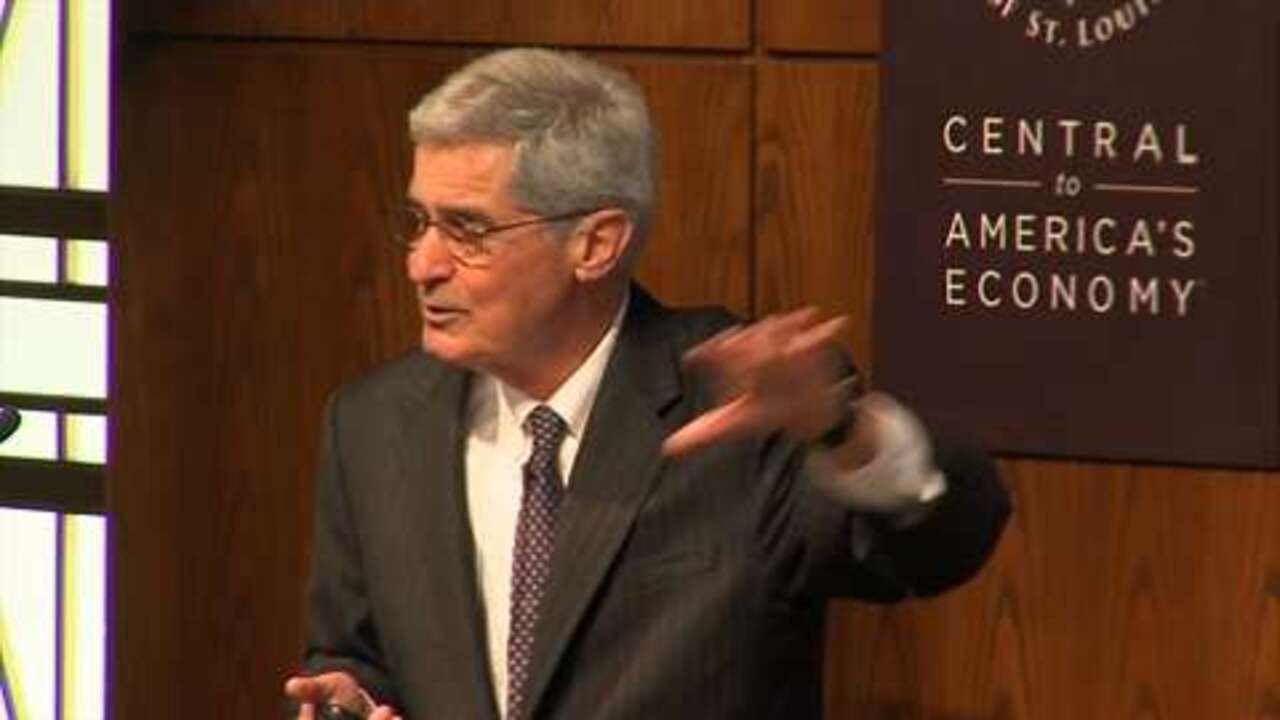
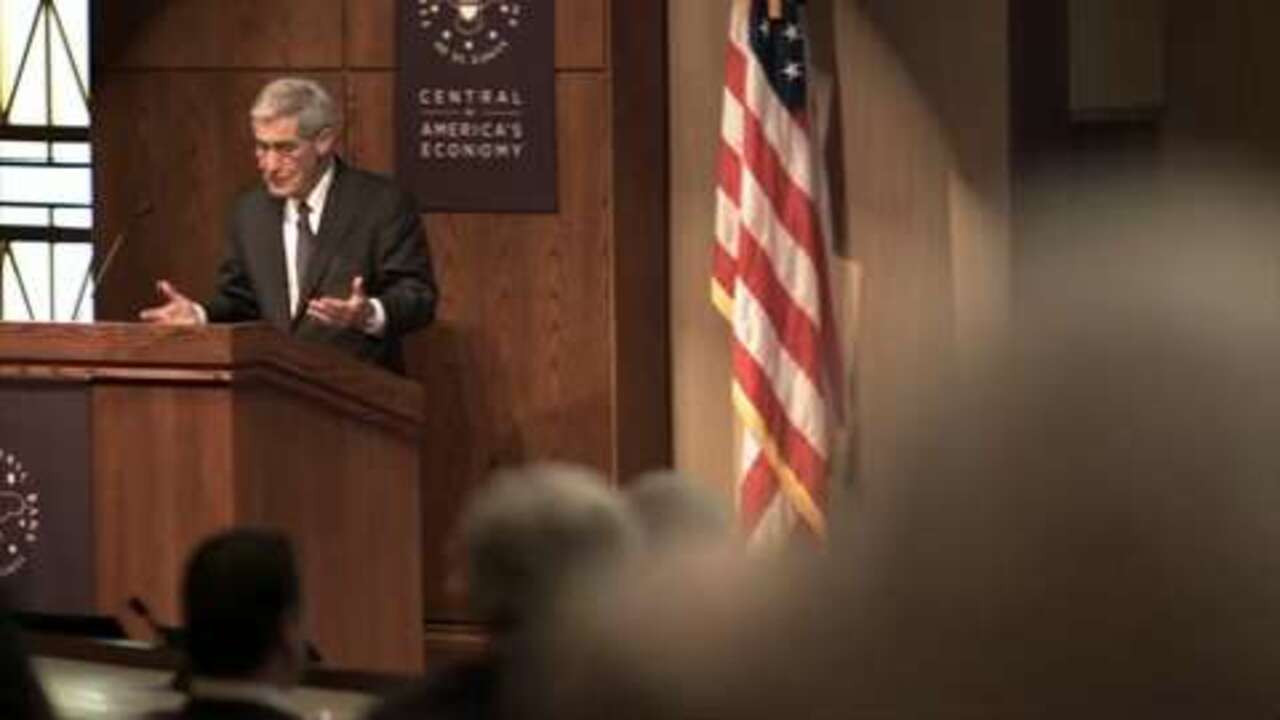
Additional Videos
Welcoming Remarks by James Bullard
St. Louis Fed President James Bullard welcomes attendees to the Homer Jones Memorial Lecture. Bullard explains how three major milestones are being celebrated this year—the city of St. Louis' 250th anniversary, the 100th Anniversary of the Federal Reserve System and the 25th anniversary of the Homer Jones Memorial Lecture. Bullard gives a brief overview of the lecture series and provides a look at Homer Jones and his role in developing the St. Louis Fed as a leader in monetary research and statistics. Bullard concludes with an introduction of this year's Homer Jones Memorial Lecture Speaker—Robert E. Lucas Jr., Nobel Laureate and John Dewey Distinguished Service Professor of Economics at the University of Chicago.
Full text of President Bullard's remarks.
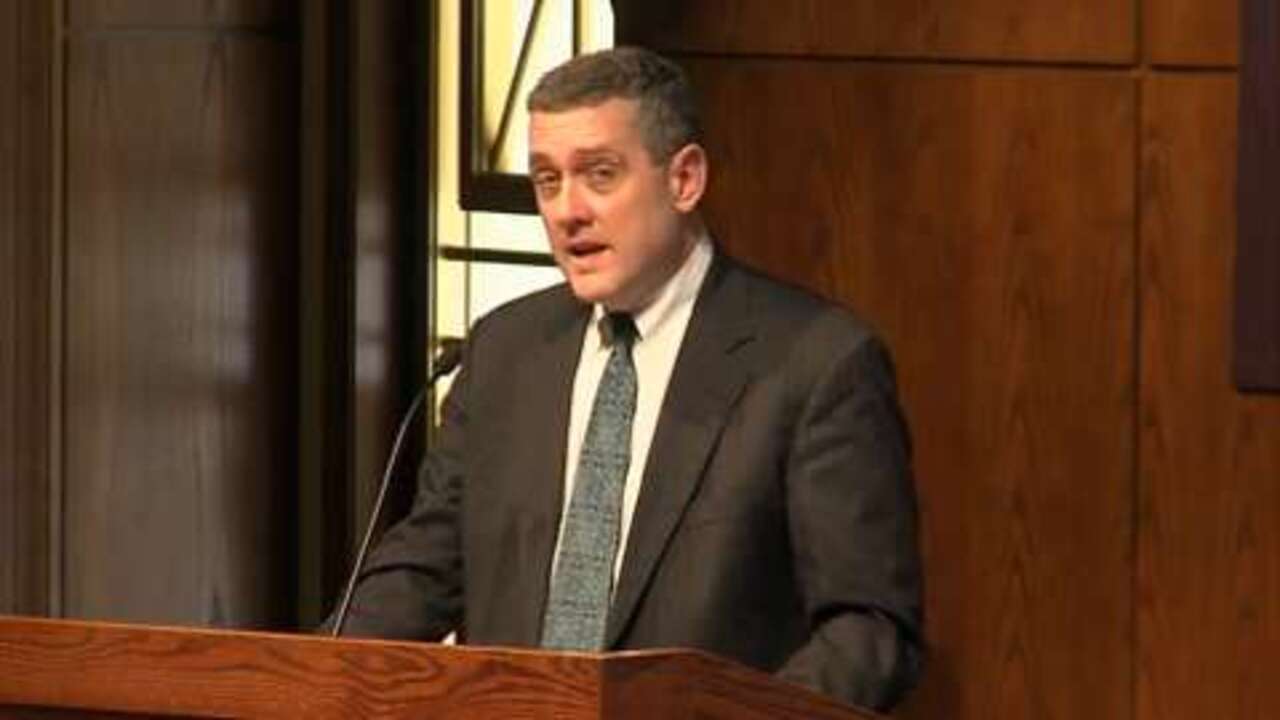
Q&A Session
Following the presentation, Robert E. Lucas conducts a question-and-answer session with the audience.
Read the article in the Federal Reserve Bank of St. Louis Review: Liquidity: Meaning, Measurement, Management.
The Homer Jones Memorial Lecture Series honors those who exemplify the highest qualities of leadership in economics and public policy. As research director, and later as senior vice president at the St. Louis Fed, Homer Jones (1906-1986) played a major role in developing the Bank as a leader in monetary research and statistics.
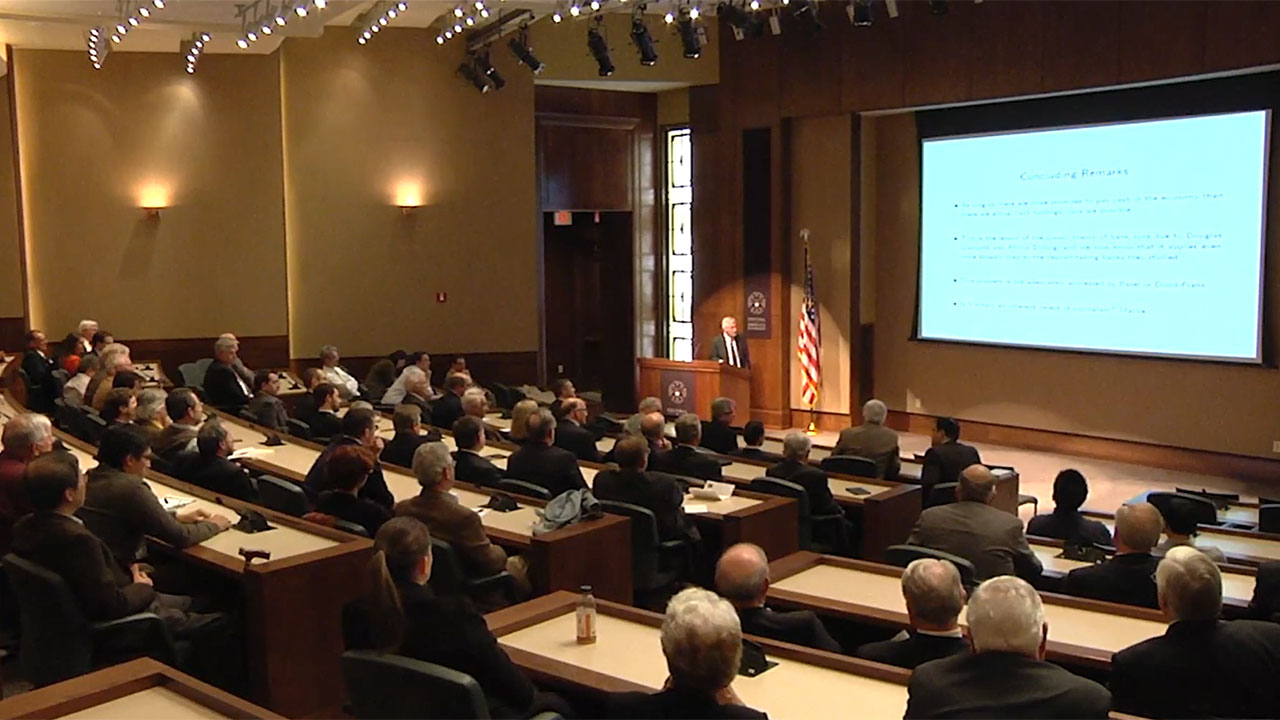
About the Homer Jones Memorial Lecture
This lecture series is named for Homer Jones (1906-1986), who exemplified the highest qualities of leadership in economics and public policy. As St. Louis Fed research director and later senior vice president, Jones played a major role in developing the Federal Reserve Bank of St. Louis as a leader in monetary research and statistics.
This was sponsored by:
- Federal Reserve Bank of St. Louis
- St. Louis Gateway Chapter of the National Association for Business Economics
- Saint Louis University
- Southern Illinois University–Edwardsville
- University of Missouri–St. Louis
- Washington University in St. Louis
For questions about the Homer Jones Memorial Lecture, please email our media team.

